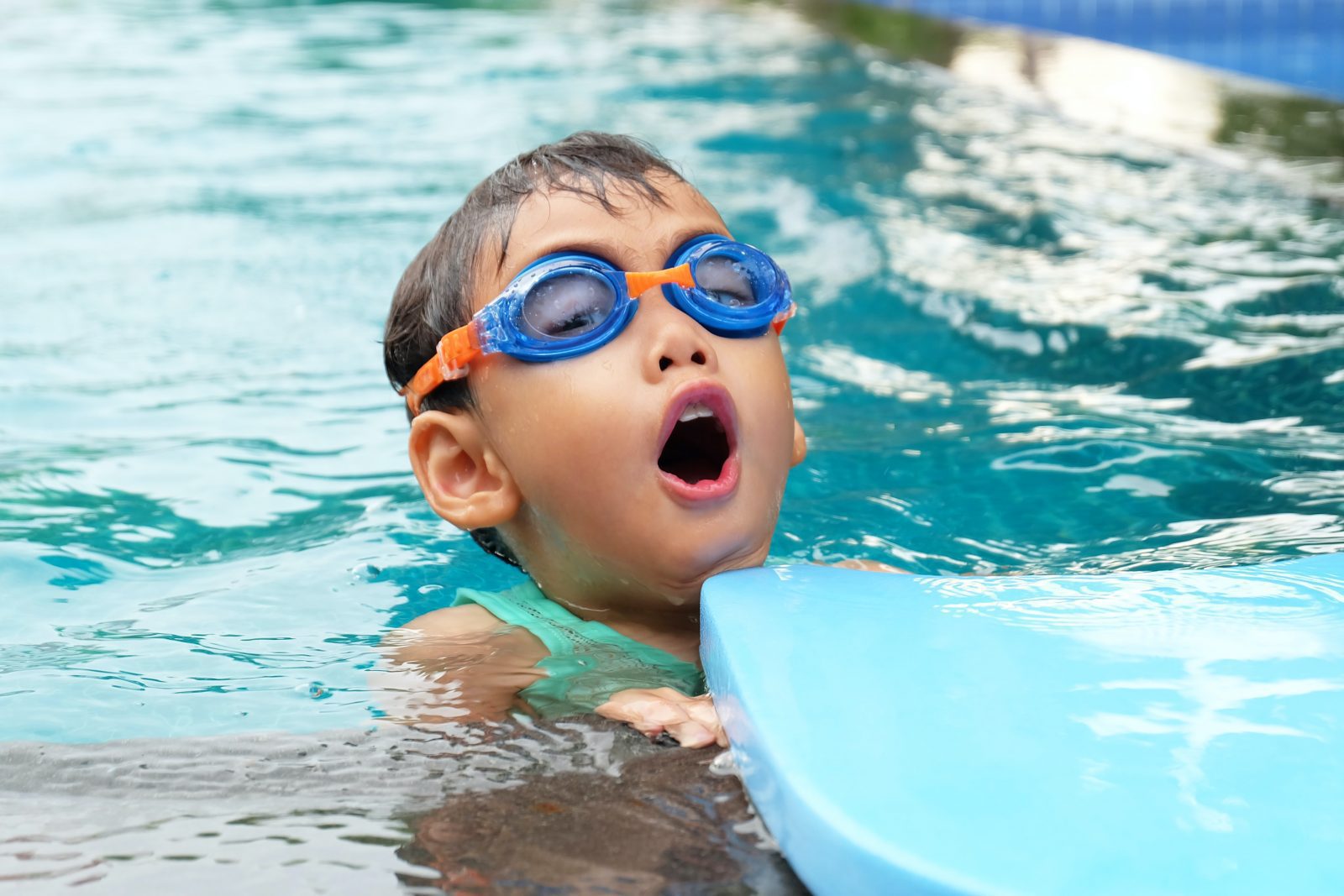Water Hazards: The Dangers of Portable Pools

by KiKi Bochi
With summer just over the horizon, families are already seeking cool and inexpensive ways to have outdoor fun. For many people, that means backyard pools.
If you’re not fortunate enough to have your own in-ground pool, giving your children a place to swim or splash means relying on a portable model — possibly a wading pool, inflatable pool or a soft-sided, self-rising pool.
While portable pools can be a great way for children to cool off during hot days, a study at the Center for Injury Research and Policy at Nationwide Children’s Hospital revealed these pools may be more dangerous than many parents realize.
Every five days during the summer months, a child drowns in a portable pool somewhere in the United States, according to a study published in the Pediatrics medical journal. The pools can also have hygienic issues, which is one reason the Centers for Disease Control and Prevention likes to take the month of May to remind parents of the risk of recreational water illnesses.
“Because portable pools are generally small, inexpensive and easy to use, parents often do not think about the potential dangers these pools present,” Gary Smith, MD, said when his study was published in Pediatrics. Parents tend to relax their guard around “kiddie” pools because they seem so child-friendly. But, that can be a huge mistake. Even a brief lapse in supervision, such as turning your attention away to socialize with neighbors, read a magazine, answer the phone or do chores, can be enough to
allow a submersion event to occur.
“It only takes a couple of minutes and a few inches of water for a child to drown,” Dr. Smith said, noting more than 40 percent of the children in his study were being supervised by an adult when they either drowned or had a near-drowning in a portable pool. “It is important for parents to realize that portable pools can be just as dangerous as in-ground pools.”
In addition to providing constant supervision, it is important for parents to empty “kiddie” pools and stow them away safely after each use. In the case of above-ground soft-sided pools that stay in place through the summer, parents have to be particularly vigilant about restricting access because children can easily pull down a side and fall inside without being noticed.
When it comes to water illnesses, remember that if you fill your pool with a hose, the water will not contain enough chlorine to battle germs. Swallowing even just a little water that contains certain germs can make a person sick with a recreational water illness, such as gastrointestinal distress or skin, ear, respiratory, eye, neurological, and wound infections. Although chlorine and filters can reduce the risk of illness, most smaller pools cannot be treated.
Children from one family or household are unlikely to spread diarrhea or other illnesses to each other when using the same inflatable or plastic pool because they are already exposed to each other’s germs.
But, you may want to think twice before letting the neighbors come over to splash and play, or allowing your child to splash in someone else’s portable pool.
After use, be sure to empty the portable pool, clean it and allow it to dry in the sun for about four hours, the CDC advises. Medium and larger-sized inflatable and plastic pools that cannot be emptied daily should have filters and appropriate disinfection systems that meet the same requirements as full-sized swimming pools.
If you are headed to a public pool or water park, teach children not to swallow the pool water. In fact, avoid getting the water in your mouth at all.
Swimming and splashing can be great sources of family fun and fitness, the CDC says. But, it’s important to put safety first.









